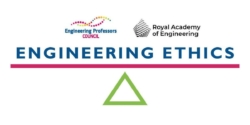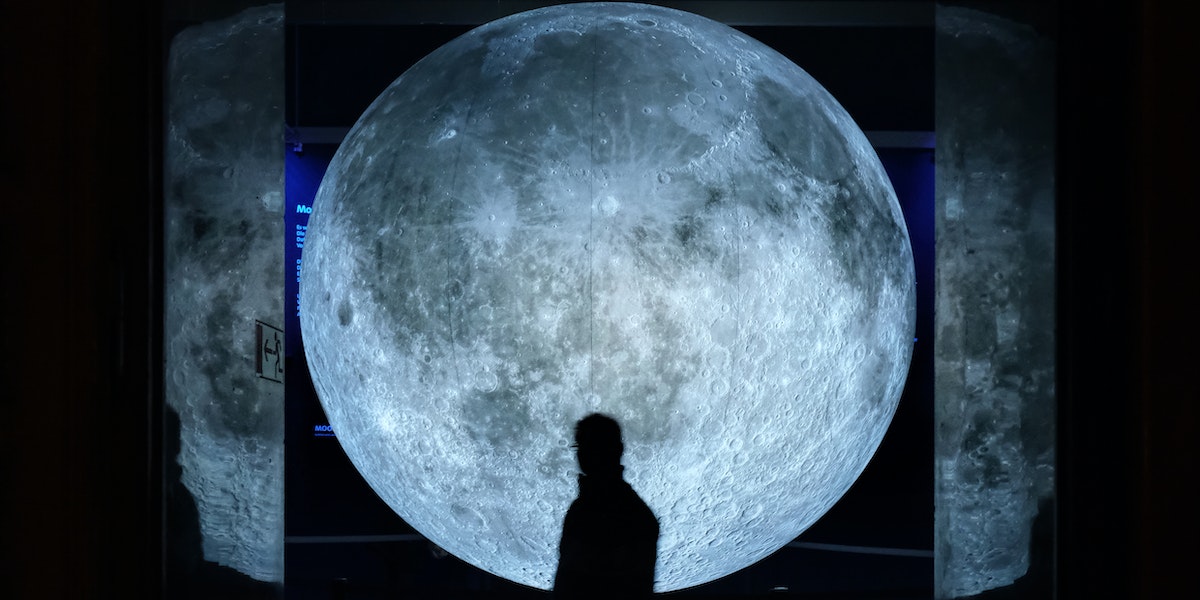 Authors: Dr Nik Whitehead (University of Wales Trinity Saint David); Dr Sarah Jayne Hitt SFHEA (NMITE); Professor Thomas Lennerfors (Uppsala University); Claire Donovan (Royal Academy of Engineering); Professor Raffaella Ocone OBE FREng FRSE (Heriot Watt University); Isobel Grimley (Engineering Professors’ Council).
Authors: Dr Nik Whitehead (University of Wales Trinity Saint David); Dr Sarah Jayne Hitt SFHEA (NMITE); Professor Thomas Lennerfors (Uppsala University); Claire Donovan (Royal Academy of Engineering); Professor Raffaella Ocone OBE FREng FRSE (Heriot Watt University); Isobel Grimley (Engineering Professors’ Council).
Topic: Low earth orbit satellites for internet provision.
Engineering disciplines: Electronics, Mechanical engineering.
Ethical issues: Respect for environment, Public good, Future generations.
Professional situations: Communication, Management, Working cultures.
Educational level: Intermediate.
Educational aim: Practise ethical analysis. Ethical analysis is a process by which ethical issues are defined, affected parties and consequences are identified, so that relevant moral principles can be applied to a situation in order to determine possible courses of action.
Learning and teaching notes:
This case is about an experienced engineer leading a team at a tech start-up. The company has been awarded a contract to produce an innovative satellite that will be used in an internet constellation. While the team was initially excited about their work, some members are now concerned about the impact of the internet constellation. While mainly focused on environmental ethics, effects on human communities are also raised in this case study.
This case study addresses two of AHEP 4’s themes: The Engineer and Society (acknowledging that engineering activity can have a significant societal impact) and Engineering Practice (the practical application of engineering concepts, tools and professional skills). To map this case study to AHEP outcomes specific to a programme under these themes, access AHEP 4 here and navigate to pages 30-31 and 35-37.
The dilemma in this case is presented in two parts. If desired, a teacher can use Part one in isolation, this section enables students to practise different types of analysis and to introduce aspects of environmental ethics. It highlights the challenges of making ethical decisions with global consequences, in scenarios where policy isn’t clear. Part two develops and complicates the concepts presented in Part one to provide for additional learning by focusing on the course of actions taken by an individual engineer based on the dilemma presented in Part one. The Challenge of Environmental Ethics linked below is recommended, though not required, for students engaging with this case. Additionally, throughout the case, there is the option to stop at multiple points for questions and / or activities as desired.
Learners have the opportunity to:
- identify and define positions on an ethical issue;
- learn fundamental concepts of environmental ethics;
- practise applying moral theories such as consequentialism and justice;
- consider short- and long-term consequences of engineering and technological development.
Teachers have the opportunity to:
- integrate technical content on electrical or mechanical components of communications engineering;
- address approaches to professional and / or interpersonal conflict;
- introduce or reinforce life cycle analysis;
- Informally evaluate critical thinking and analysis.
Learning and teaching resources:
- The Challenge of Environmental Ethics
- RAEng/Engineering Council Statement of Ethical Principles
- An overview of satellite constellations
- A call for space ethics
- The impact of internet constellations on space as an ancestral global commons
- Anatomy of an AI
Summary:
After years of working your way up the corporate ladder, you are now Head of Engineering for a tech start-up. The company has won a contract connected to a project creating a constellation of thousands of low Earth orbit satellites. This constellation has the potential to create a reliable system of internet access for areas of the world that are hard to reach by conventional infrastructure. Your company is one of those chosen to develop and build a low-cost, lightweight, efficient satellite that can be produced at scale. This is a huge accomplishment for you, as well as for your company.
Dilemma – Part one:
A conference that brings together various project partners is met by protesters whose message is that the internet constellation has several potential negative impacts for nature and human communities. Disparaging comments have been made about your company’s participation in the project on social media. Some members of your team seem quite rattled by the protests, and you convene at a coffee shop to discuss.
Optional STOP for questions and activities:
1. Discussion: Technical analysis – Undertake a technical activity in the areas of electronic and / or mechanical engineering related to internet constellations.
2. Activity: Position analysis – Divide students into three groups—constellation project managers; satellite engineers and protestors. Imagine how their positions are related to the internet constellation. What values might inform their positions? What knowledge might inform their position that the other groups do not have access to or understanding of?
3. Discussion: Environmental analysis – While nature cannot speak for itself, if it could, what might be its position on the internet constellation? What aspects of the natural world might be affected by this technology in both the short- and long-term? For example, are there any direct or indirect effects on the health of humans and the ecosystems around them? Should the natural world of space be treated the same way as the natural world on earth?
4. Discussion: Policy analysis – Who should make decisions about projects that affect nature on a global scale? What laws or regulations exist that govern internet constellations?
5. Discussion and Activity: Moral analysis – Use environmental ethics principles such as intrinsic value and anthropocentrism to debate the project. Beyond environmental concerns, how might other ethical approaches, such as consequentialism or justice, inform positions on the issue?
Dilemma – Part two:
You remind and explain to your team members that they, and the company, have a duty to the client. Everyone has been hired to deliver a specific project and been excited about overcoming the technical challenges to ensure the project’s success. The team agrees, but also expresses concern about aspects that aren’t in the project remit, such as how the satellite will be maintained and what will happen to it at the end of its life. They demand that you pause your work until an ethical review is conducted.
You report all of this to the CEO, who reacts with disappointment and unhappiness at your team’s actions. She argues that the only thing your company is doing is building the satellite: it’s not your responsibility what happens to it afterwards. She feels that it’s your job to get your team back in line and on task. How do you approach this situation?
Optional STOP for questions and activities:
1. Discussion and Activity: How do you respond to this situation? What responsibilities do you have to your team, your boss, and the client? How will you balance these? Are the team’s engineers right to be concerned about the impact of their satellite within the wider constellation, or is it beyond their scope? Role-play an interaction between you and the engineering team, or between you and your boss.
2. Activity: Life cycle analysis – Research life cycles of satellites and their environmental impact.
3. Discussion and Activity: Debate if, and how, we have obligations to future generations. Is it possible to have a moral contract with a person that may never be born? How do we know that people in the future, will value the same things we do now? Both creating the internet constellation and preventing its implementation seem to potentially benefit future generations. How do we balance these ‘goods’ and make a decision on how to proceed? Who gets to decide?
4. Activity: Anatomy of an internet satellite – use the Anatomy of an AI case study as an example of a tether map, showing the inputs and outputs of a device. Create a tether map showing the anatomy of an internet satellite.
Enhancements:
An enhancement for this case study can be found here.
This work is licensed under a Creative Commons Attribution-ShareAlike 4.0 International License.
Any views, thoughts, and opinions expressed herein are solely that of the author(s) and do not necessarily reflect the views, opinions, policies, or position of the Engineering Professors’ Council or the Toolkit sponsors and supporters.




